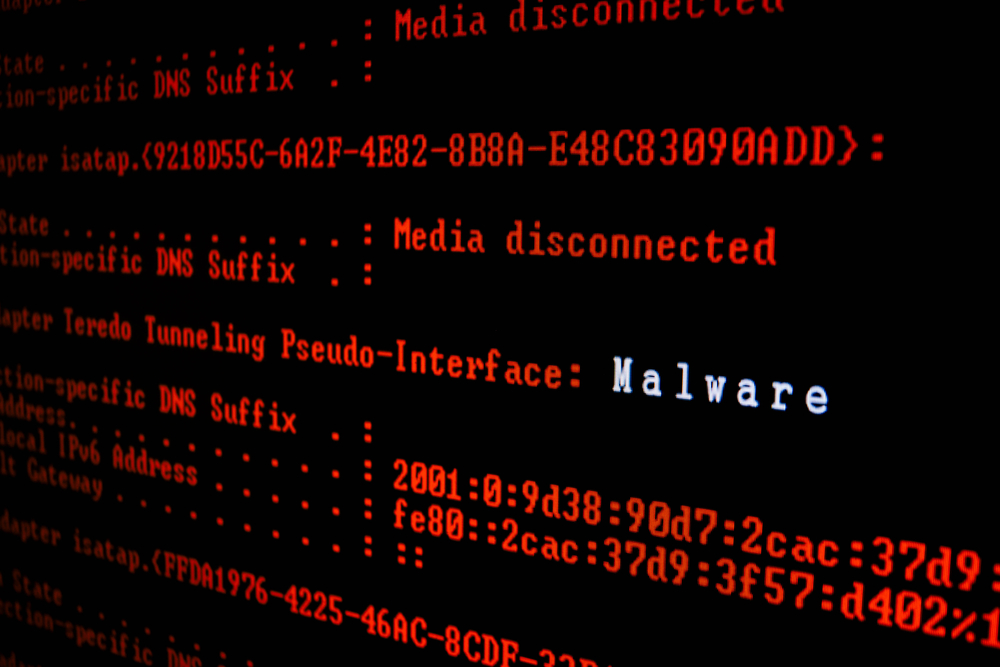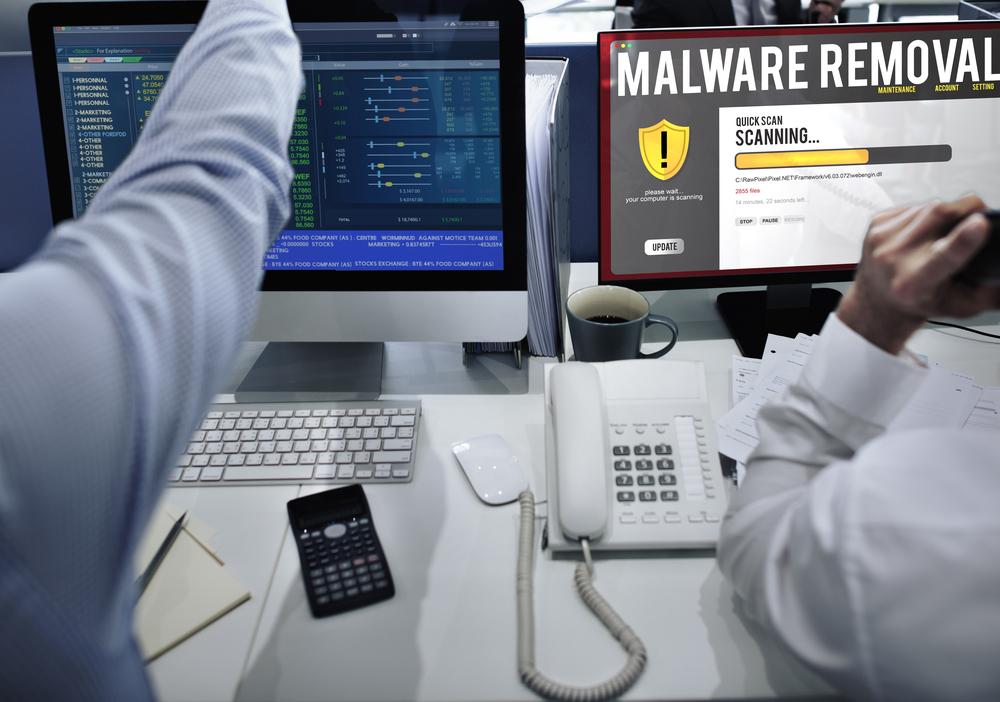The Critical Role of Antimalware Software in Modern Cybersecurity Strategies
Discover the critical importance of antimalware software in today’s cybersecurity landscape. Learn how these solutions detect, prevent, and eliminate malicious threats like ransomware, spyware, and viruses to protect your devices and data. This comprehensive guide covers various techniques and features of modern antimalware tools and emphasizes their vital role in safeguarding digital assets against evolving cyber threats.

Understanding the Importance of Antimalware Solutions in Protecting Digital Assets
In today’s increasingly digitized world, cyber threats are becoming more sophisticated and frequent. As technology evolves, so do the tactics employed by cybercriminals to infiltrate devices, steal information, and cause damage. In this context, the distinction between antivirus and antimalware software becomes essential for individuals and organizations aiming to fortify their cybersecurity defenses. Malware, which broadly refers to malicious software designed to compromise or damage devices, constitutes a significant concern in the realm of digital security. This comprehensive guide explores why antimalware tools are indispensable components of cybersecurity infrastructure and how they protect our digital lives from evolving threats.
Malware: An In-Depth Explanation
Malware, short for malicious software, is a term that encompasses a wide variety of harmful programs crafted by cybercriminals to infiltrate, damage, or manipulate computer systems, mobile devices, and servers. These malicious programs include a spectrum of threats such as worms, ransomware, adware, trojans, spyware, viruses, and more. The primary goal of malware is to compromise the integrity, confidentiality, or availability of digital systems, often resulting in data breaches, financial losses, and operational disruptions.
Among the most notorious forms of malware is ransomware, which encrypts the victim’s files or systems and demands a ransom payment to restore access. This tactic has become alarmingly prevalent, affecting sectors ranging from healthcare to finance. Cybercriminals leverage ransomware attacks to extort money while causing substantial disruptions to organizations and individuals alike.
Are viruses and malware one and the same?
While viruses are a specific type of malware characterized by their ability to infect executable files and replicate themselves, malware as a comprehensive term covers all malicious software types. Viruses spread via contagious code, infecting other files and corrupting data in their path. On the other hand, malware includes a broad suite of threats such as worms, spyware, ransomware, trojans, adware, and keyloggers, each with distinct behaviors and impacts.
Over the past few decades, malware threats have grown in complexity and frequency. As a result, reliance on antivirus solutions has become a standard practice since the 1990s. But today, with the scope of malware expanding, understanding the various forms of digital threats is crucial for deploying effective defenses.
Understanding Antimalware: The Defense Against Digital Threats
Antimalware software is a specialized category of security tools designed to detect, prevent, and eliminate malicious programs before they can cause harm. These solutions safeguard a wide range of devices, including personal computers, smartphones, servers, and enterprise networks. Modern antimalware tools not only combat traditional malware but also defend against advanced threats like rootkits, ransomware, spyware, trojans, viruses, and phishing attacks.
Many antimalware programs come equipped with additional security features, such as parental controls, firewalls, spam filtering, and real-time monitoring, to provide comprehensive protection. Integrating these tools into cybersecurity protocols has become essential for both personal users and organizations dedicated to safeguarding sensitive information.
How Antimalware Works: Core Techniques
Antimalware solutions utilize several core strategies to identify and neutralize threats. These include signature-based detection, behavior analysis, and sandboxing. Signature detection involves comparing programs against a database of known malware signatures. When a match is found, immediate action is taken to quarantine or remove the threat. Behavior analysis, on the other hand, monitors how applications behave in real-time—if an app exhibits malicious or suspicious activity, it is flagged and contained.
Sandboxing isolates unknown or potentially dangerous applications in a controlled environment, preventing them from infecting the main system. If malicious activity is detected within the sandbox, the program is terminated, further reducing the risk of infection.
Why Is Antimalware Essential in Today’s Digital Landscape?
In an era where digital transformation accelerates and cyber threats proliferate, deploying antimalware software is not just an option but a necessity. Organizations rely on these tools to protect critical digital assets, prevent malware infiltration, and ensure secure operations. Antimalware solutions perform routine scans of files, monitor network traffic, and provide real-time alerts to potential threats, enabling swift responses to emerging risks.
Furthermore, antimalware tools contribute significantly to compliance with cybersecurity standards and data protection regulations, which mandate robust defense mechanisms against cyber attacks. Their ability to detect and block malicious software before damage occurs makes them invaluable in maintaining business continuity and safeguarding reputation.
In conclusion, antimalware software forms the backbone of effective cybersecurity strategies. Whether used by individuals or enterprises, these tools continuously evolve to combat new threat vectors, enhancing the overall resilience of digital environments. As cyber threats increase in sophistication, investing in reliable antimalware solutions becomes an essential component of any comprehensive cybersecurity framework, helping to secure data, protect privacy, and ensure operational integrity.





